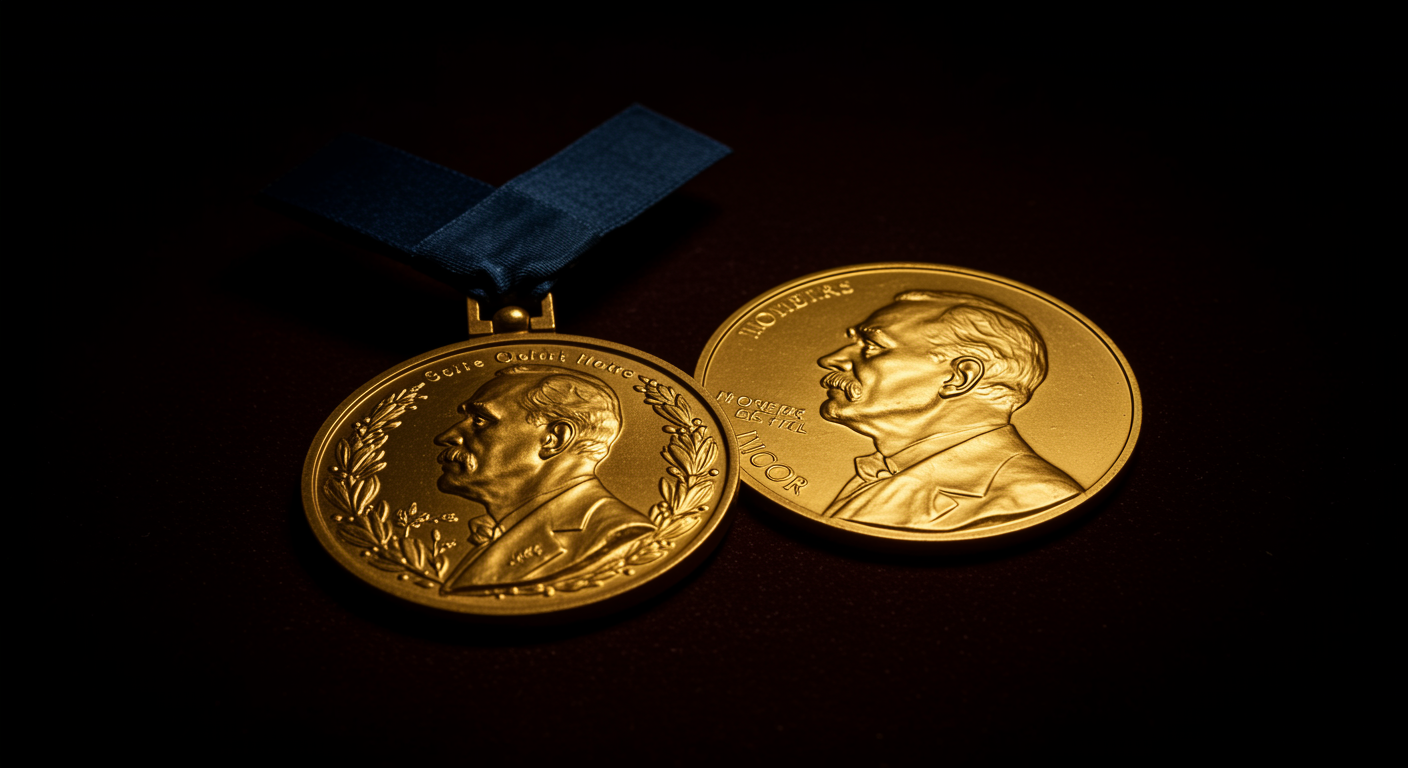Why Was the 1923 Nobel Prize for Insulin Discovery So Controversial?
The 1923 Nobel Prize in Physiology or Medicine was awarded to Frederick Banting and J.J.R. MacLeod for the discovery of insulin, but the decision sparked immediate controversy because Charles Best and James Collip were excluded despite their crucial contributions. Banting was so outraged that MacLeod received recognition while Best was ignored that he publicly shared his prize money with his young research partner, creating one of the most contentious awards in Nobel history.
Dr. Kumar’s Take
The Nobel Committee’s decision reveals the complex politics of scientific recognition and the challenge of crediting collaborative discoveries. While Banting deserved recognition for his original insight and determination, excluding Best - who worked alongside him through every experiment - was deeply unfair. MacLeod’s inclusion, despite being absent during the crucial summer of 1921, reflected the committee’s bias toward senior academics over young researchers. This controversy reminds us that breakthrough science is rarely the work of individuals but emerges from collaborative efforts that deserve shared recognition.
Key Findings
The Nobel Committee awarded the 1923 prize to Banting and MacLeod, citing Banting’s original idea and MacLeod’s laboratory supervision. However, this decision ignored the critical contributions of Best, who conducted every experiment alongside Banting, and Collip, whose purification work made human treatment possible. The committee’s rationale was that Nobel Prizes could only be shared among three recipients maximum, and they prioritized the “senior scientist” MacLeod over the young researchers who did the actual work.
Banting’s response was swift and generous: he announced he would split his prize money with Best, while MacLeod quietly shared his portion with Collip. This gesture highlighted the collaborative nature of the discovery and the injustice of the original award.
Brief Summary
In 1923, the Nobel Committee faced the challenge of recognizing the insulin discovery team within their three-person limit. They chose Frederick Banting for his original concept and J.J.R. MacLeod for providing laboratory facilities and oversight, while excluding Charles Best and James Collip despite their essential contributions. The decision created lasting controversy, with Banting publicly criticizing the committee and sharing his prize money with Best. The award highlighted tensions between individual recognition and collaborative science.
Study Design
This historical analysis examines Nobel Committee deliberations, contemporary scientific publications, and personal correspondence to understand the 1923 insulin prize decision. The research reviews the committee’s stated rationale, the actual contributions of each team member, and the aftermath of the controversial award. Documents from the Nobel Archives, published after the required 50-year embargo, reveal the committee’s reasoning and the debates surrounding the decision.
Results You Can Use
The Nobel Committee’s decision reflected several biases common in early 20th-century science: preference for senior over junior researchers, emphasis on theoretical insight over practical execution, and institutional prestige over individual contribution. Banting’s original idea was crucial, but Best’s technical expertise and Collip’s purification work were equally essential for success. MacLeod’s role, while important for providing resources and credibility, was primarily administrative during the key discovery period.
Why This Matters For Health And Performance
This controversy illustrates how scientific recognition can distort the collaborative nature of medical breakthroughs. The insulin discovery required multiple complementary skills: Banting’s insight, Best’s technical ability, Collip’s biochemical expertise, and MacLeod’s institutional support. Understanding this collaborative reality helps us appreciate that medical advances depend on teams rather than individual genius, and that proper recognition should reflect these partnerships.
How to Apply These Findings in Daily Life
- Recognize that medical breakthroughs typically involve collaborative teams
- Appreciate the contributions of junior researchers and technical staff
- Understand that scientific credit doesn’t always reflect actual contributions
- Support recognition systems that acknowledge collaborative work
- Learn about the full teams behind medical discoveries you benefit from
- Advocate for equitable recognition in your own professional collaborations
Limitations To Keep In Mind
Historical analysis of the Nobel decision relies on limited archival materials and may not capture all committee deliberations. The 1923 context differed significantly from modern collaborative science, making direct comparisons challenging. Additionally, the three-person Nobel limit, while arbitrary, forced difficult choices that might have been resolved differently with more flexible recognition systems.
Related Studies
- The Internal Secretion of the Pancreas
- Frederick Banting: Discoverer of Insulin
- Rethinking the Discovery of Insulin
- The Multiple Lives of Marjorie: Dogs and Insulin Discovery
- Episode 24: The Discovery of Insulin
FAQs
Why didn’t the Nobel Committee include all four team members?
The Nobel Prize rules limited awards to three recipients maximum. The committee chose to recognize the “senior scientist” MacLeod over the younger researchers Best and Collip, reflecting the hierarchical biases of 1920s academia.
How did Banting respond to MacLeod sharing the prize?
Banting was furious that MacLeod received recognition while Best was excluded. He publicly criticized the decision and immediately announced he would share his prize money with Best, calling the young researcher his true partner in the discovery.
Has the Nobel Committee ever acknowledged the controversy?
The Nobel Committee has never officially revised the 1923 award, but historical analyses have increasingly recognized the collaborative nature of the insulin discovery and the problematic exclusion of Best and Collip from the original recognition.
Conclusion
The 1923 Nobel Prize controversy reminds us that scientific recognition systems often fail to capture the collaborative reality of medical breakthroughs. While Banting and MacLeod deserved recognition, the exclusion of Best and Collip represented a failure to acknowledge the team effort that made insulin therapy possible. This historical lesson should inform how we recognize and celebrate medical advances today, ensuring that all contributors receive appropriate credit for discoveries that save lives.


